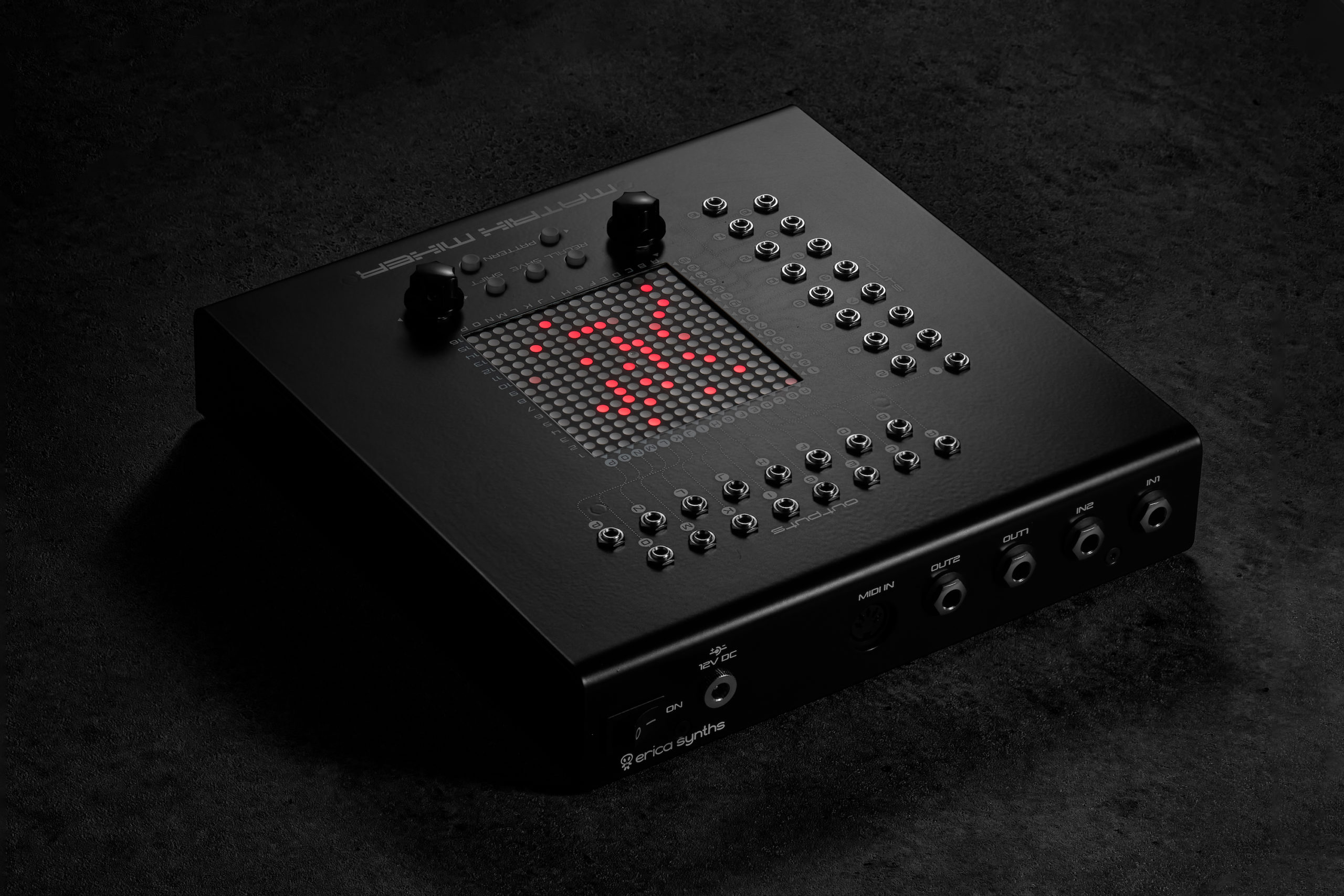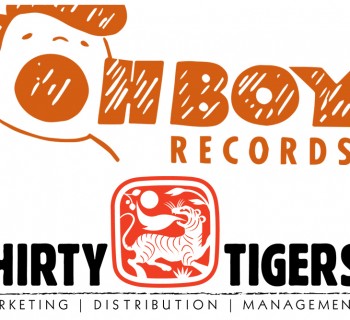August 1, 2021 will be the 50th anniversary of The Concert for Bangladesh, a pair of benefit shows organized by Ravi Shankar and George Harrison in New York City at Madison Square Garden that raised awareness and fund relief for East Pakistan refugees, after the Bangladesh Liberation War-related genocide.
“It is just after the February 1971 Sylmar-based earthquake in Southern California,” emailed poet/writer/ KEBF-FM deejay, Dr. James Cushing in June 2021.
“Schools were closed, students were relocated, a local hospital collapsed and many people in the region were impacted. Streets and roads were shut down for a few days. Panicked crowds and officials on the roads were cramped and hectic. The summer of love had been replaced by the summer of shove. 
“President Richard M. Nixon is in office, Jim Morrison has just died in July, the Vietnam War is still going on interminably, The New York Times had just published The Pentagon Papers by Daniel Elsberg, initial activities and xeroxing done locally. The Pentagon Papers being much hotter and immediate than the plight of India. 18 years olds were given the right to vote in June of 1971. People between the ages of 18-21, that is to say, a large part of the audience for the Bangladesh concert were now politically franchised as well.
“FM radio has not been totally corrupted and still spun entire albums and 1971 was the debut of Penthouse Magazine. Which suggests that sex, like politics, can be a matter of joy, and a matter of choice and a matter of total freedom, for men at least, not a matter of hormonal necessity and disease avoidance.
“The Beatles had broken up, All Things Must Pass had been a bigger hit than John Lennon’s Plastic Ono Band, although most people would agree that it is a stronger album.
“George Harrison and Ravi Shankar meet in early summer of the same year when Ravi asks George for some help. It might have been the first time in history that a major concert has begun with the star asking the audience to settle down instead of saying let’s party. So, right away the tone is different.
“In summer 2021, fifty years after the crisis that set the Bangladesh concert into motion, India faces another season of horrors, a vast death toll caused by the ugly confluence of natural disaster and political malfeasance.
“Is it permissible to ask why, in the internet age, many events of the Bangladesh// Live Aid / Farm Aid sort aren't taking place all over the world at the same time on peoples' laptops?”
It was in Los Angeles, California that summer of ’71 when George Harrison was alerted to the scale of suffering his friend and sitar teacher Ravi Shankar was feeling about the struggle for independence from the ten million East Pakistani refugees who fled over the border from West Pakistan to neighboring India to escape mass starvation, hunger, and death.
Nearly three million people were killed. The crisis and dilemma was deepened when the Bhola cyclone and floods in 1970 devastated the region. At that period only small funds and help were made available from foreign governments.
Harrison, Ringo Starr, Bob Dylan, Leon Russell, Billy Preston, Eric Clapton, Jim Keltner, Jesse Ed Davis, Klaus Voorman, Badfinger, Don Nix, Delores Hall, Claudia Lennear, Don Preston, Jim Horn, Jackie Kelso, Lou McCreary, Ollie Mitchell, Ravi Shankar, Ali Akbar Khan, Kamala Chakravarty, and Ustad Alla Rakha were among recording artists donating their services.
During 1971, Shankar partnered with Harrison to produce The Concert for Bangladesh and raised funds for UNICEF. The live recording of the concert ultimately won the Grammy for Album of The Year.
A news announcement should be forthcoming in 2021 from The Bicycle Music Company, a subsidiary of Concord Bicycle Music who entered into worldwide publishing agreements with the estate of George Harrison about a 50th anniversary edition of The Concert for Bangladesh.
In 1966 Ravi Shankar initially met George Harrison who had first heard the sitar in April 1965, on the set of the Beatles’ movie Help! Later in ‘65, he would record with the instrument on John Lennon’s “Norwegian Wood (This Bird Has Flown).”
In September 1966 George traveled to Bombay to become one of Shankar’s students. Harrison had earlier integrated the sitar into his own composition “Love You To” on the Beatles’ Revolver album, and implemented sitar on his selection “Within You Without You,” heard on their Sgt. Pepper Lonely Hearts Club Band album, and “The Inner Light,” the B-side to the “Lady Madonna” single.
George Harrison would set up his own charity foundation, The George Harrison Fund for UNICEF, after he became frustrated with red tape and bureaucracies that had slowed down the process of spreading monies intended for recipients. The George Harrison Fund for UNICEF is a joint undertaking between the Harrison family and the U.S. Fund for UNICEF to support UNICEF programs that provide lifesaving assistance to children, including health, education, nutrition and emergency relief. In the tradition established by George Harrison and Ravi Shankar, The George Harrison Fund for UNICEF continues to support UNICEF programs in Bangladesh while expanding its influence to include other countries where children are in need.
Apple Corps/Capitol in October 2005 re-released The Concert for Bangladesh-George Harrison and Friends on CD and DVD celebrating the 35th anniversary.
 The DVD includes the original 99-minute film restored and remixed in 5.1, as well as 72-minutes of extras. There is also previously unseen footage: “If Not for You,” with George and Bob Dylan from rehearsals, “Come On In My Kitchen,” featuring George, Eric Clapton and Leon Russell at the sound check and a Bob Dylan performance from the afternoon show of “Love Minus Zero/No Limit,” not included in the original film.
The DVD includes the original 99-minute film restored and remixed in 5.1, as well as 72-minutes of extras. There is also previously unseen footage: “If Not for You,” with George and Bob Dylan from rehearsals, “Come On In My Kitchen,” featuring George, Eric Clapton and Leon Russell at the sound check and a Bob Dylan performance from the afternoon show of “Love Minus Zero/No Limit,” not included in the original film.
The extras feature a 45-minute documentary directed by Claire Ferguson and co-produced by Olivia Harrison. The Concert for Bangladesh Revisited with George Harrison and friends, with exclusive interviews and contributions from Sir Bob Geldof, and United Nations Secretary-General Kofi Annan, who stated, “George and his friends were pioneers.”
“I first heard Ravi at age 19,” volunteered drummer/percussionist Jim Keltner in our 2020 interview.
“We used to sit around and listen to Ravi and Stravinsky in the days when we were trying to expand our consciousness. When Ralph J. Gleason wrote about Miles Davis he’d sometimes mention Ravi. I became well aware of him.
“Over the decades I got to see George and Ravi a lot together. It was a father and son relationship in a way. He brought Ravi to the rest of the world in a very big way.”
In a 1971 radio interview on Los Angeles AM radio station KDAY, Phil Spector previewed selections from his own master tape acetate of The Concert for Bangladesh.
Phil and the deejay aired Bob Dylan’s “A Hard Rain’s A-Gonna Fall” from the concert as well as Dylan’s non-released “Love Minus Zero/No Limit,” left off the package due to vinyl space limitations of the period.
“Bob just came in right from bicycle riding on the day of the show. Bob just got up there and sang. It was probably the best performance he’s ever done. In my opinion the album is worth buying just for Bob Dylan. And I’m not just trying to sell the album but it’s such an extraordinary performance.”
“The Concert for Bangladesh recording and film capture one of the ‘purest’ incarnations of Dylan as a performer and mark a really interesting inflection point, one of so many, in Dylan’s long and winding career,” indicated Michael Hacker, creator, A Bob Dylan Primer Podcast www.abobdylanprimer.com.
“Dylan’s vocals, to my ears, represent some of the least mediated singing he’s ever done, in that he wasn’t using a folkie voice or a stoned voice or a country voice, he was just singing as a favor to his dear friend, George, and I think the personal relationship between Dylan and George Harrison is key to the warmth and depth of Dylan’s performance.
“Dylan’s version here of ‘Just Like A Woman’ might be his finest rendition of the song, possibly surpassing even the 1966 version, the 1974 Before The Flood version, or numerous other standout performances of the song. August 1971 feels to me like a dividing line, again one of so many in Dylan’s work.
“After this performance Dylan pretty much went silent for almost two years, but this is our chance to see him in some ways wrapping up the first ten years of his career and wiping the slate clean to begin the work that would follow. All I can say is, thank god for Dylan at The Concert for Bangladesh.”
“Dylan, as far as we know, does not play soccer, but he continues to move the goalposts,” theorized record producer, author and lecturer Andrew Loog Oldham.
“George may have always been the Quiet One,” recalls lifelong Beatlemaniac Gary Pig Gold, “but today I think he would be called instead the Deep Beatle. Always grinning that sly, close-to-theturtleneck smile, let’s remember he always had just the right solo and diminished chord for the proceedings, plus was the first to fly highest when the Fabs splintered. Free as a bird.
“It’s just no surprise then that such a kindred musical spirit as Ravi Shankar recognized this deep blueness within George Harrison, and duly approached him when his country called. Of course George being George, he put his guitar where most would put only their money, and when he made his own calls, all answered. Eric, Billy, Leon, Ringo, and even blue-jeaned Bob to name but the obvious.
“The Concert for Bangladesh made that first big helping splash, proving that rock ‘n’ roll trumped mere governments. And the world may not necessarily be a better place for it today, but it’s definitely a wiser one.
The last time I spoke with George Harrison was in 1998 one afternoon in Los Angeles at the home of a mutual friend. George was reviewing tapes in his studio. When I arrived, Harrison greeted me warmly, “Well, at least here you don’t have to take your shoes off like at Ravi’s house!”
George had just seen Eddie Izzard’s show at The Tiffany Theater on the Sunset Strip and provided a recommendation of an Indian restaurant, Taste of India, on Santa Monica Blvd. in West Hollywood that he frequented. He’d just dined there with his wife Olivia and Jim Capaldi.
I went to Taste of India the next day.
Portions of this text were in my 2020 book, Docs That Rock, Music That Matters published by Otherworld Cottage Industries.
*All photos by Henry Diltz
*Box office sign courtesy of Ron Furmanek
Harvey Kubernik is the author of 20 books, including Canyon Of Dreams: The Magic And The Music Of Laurel Canyon and Turn Up The Radio! Rock, Pop and Roll In Los Angeles 1956-1972.
Sterling/Barnes and Noble in 2018 published Harvey and Kenneth Kubernik’s The Story Of The Band: From Big Pink To The Last Waltz. For October 2021 the duo has written a multi-narrative volume on Jimi Hendrix: Voodoo Child for the publisher.
Otherworld Cottage Industries in 2020 published Harvey’s book, Docs That Rock, Music That Matters, featuring interviews with D.A. Pennebaker, Chris Hegedus, Albert Maysles, Murray Lerner, Morgan Neville, Curtis Hanson, Michael Lindsay-Hogg, Andrew Loog Oldham, Eddie Kramer, Dick Clark, Ray Manzarek, John Densmore, Robby Krieger, Christopher M. Allport, Travis Pike, Allan Arkush, and David Leaf, among others.
Kubernik’s writings are in book anthologies, most notably The Rolling Stone Book Of The Beats and Drinking With Bukowski.
Harvey wrote the liner note booklets to the CD re-releases of Carole King’s Tapestry, Allen Ginsberg’s Kaddish, Elvis Presley The ’68 Comeback Special and the Ramones’ End of the Century. Kubernik penned the liner notes to the November 2021 National Record Store Day Drops vinyl-only Lou Adler-produced release, A Combination of the Two, by Big Brother & the Holding Company featuring Janis Joplin and their complete two sets culled from the 1967 Monterey International Pop Festival.
During 2020 Harvey Kubernik served as a Consultant on the 2-part documentary television series Laurel Canyon: A Place in Time directed by Alison Ellwood that premiered on EPIX television channel in 2020.
Harvey is working on a documentary about Rock and Roll Hall of Fame member singer/songwriter Del Shannon. Kubernik was filmed for a documentary in production about Gold Star Recording Studio. Brian Wilson, Herb Alpert, Darlene Love, Mike Curb, Chris Montez, Bill Medley, Hal Blaine, Slim Jim Phantom, Shel Talmy, Don Peake, Johnny Echols, Gloria Jones, Carol Kaye, Marky Ramone, David Kessel and Steven Van Zandt have been lensed.














